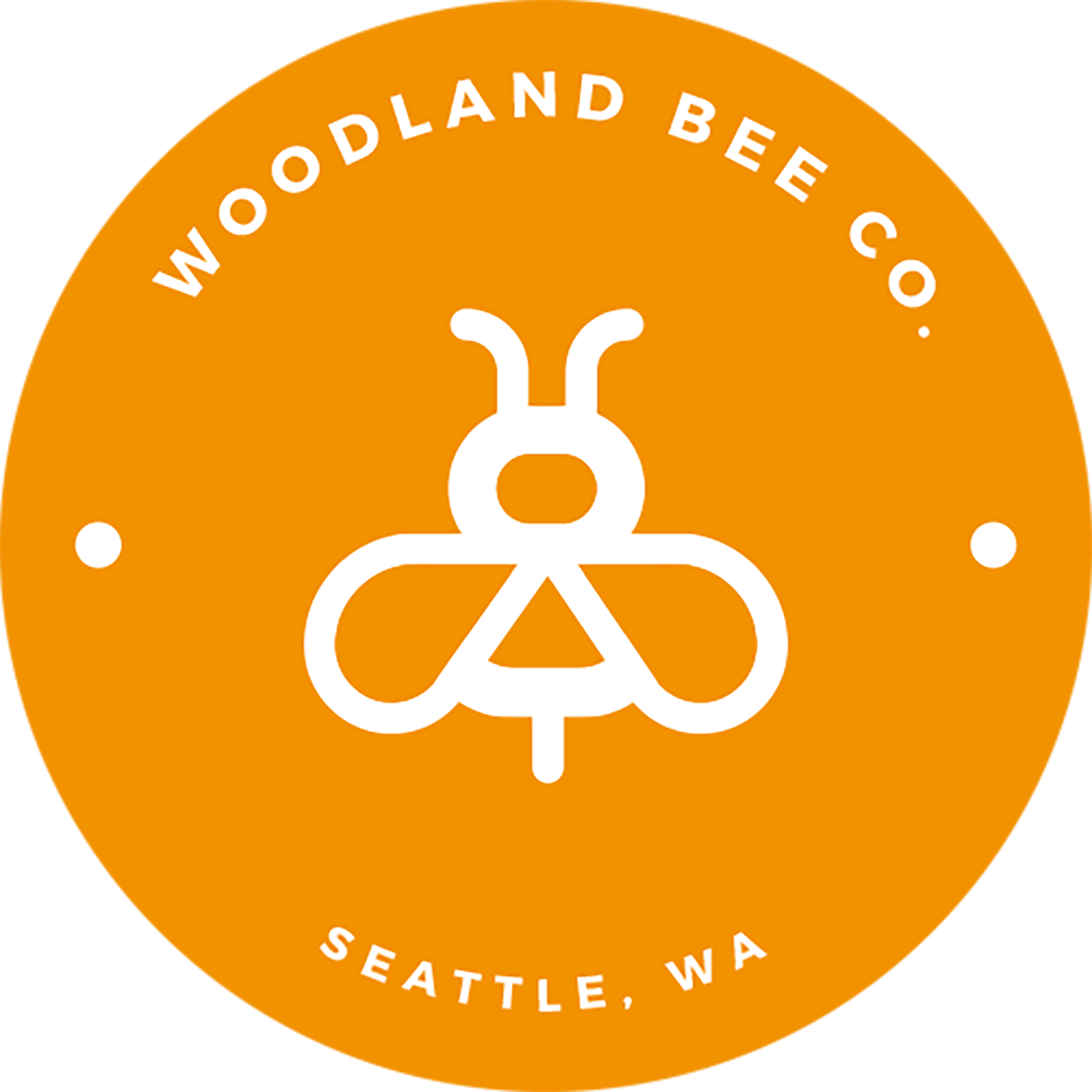Fall and Winter Preparation
Fall and Winter Preparation
Well, it’s that time of year again, summer is gone, and the fall rains have hit. Time to ensure that things are all ready for fall and winter.
Here is what your checklist should look like at this point.
CHECKLIST
Hive has 80 to 100 lbs of honey
Mite treatments have been completed
You’ve winterized your hive
You’ve harvested any extra honey or put extra honey frames aside
Hive has 80 to 100 lbs of honey
Your hive should be about 80 to 100 pounds at this point. Basically, if you have trouble tipping the hive, it’s probably ok. If you can easily tip the hive, you need to feed feed feed immediately. Once it gets into the 40’s and below, the bees will stop taking sugar water, so feed now.
I use a fishing scale to get a sense of how heavy the hive is. I hook the scale onto the very bottom box hand hold, and then see how heavy the hive is. You will want a fishing scale that “remembers” the heaviest weight it records so you can easily determine the weight of the hive. An example is THIS one from Amazon.
If you need to catch your bees up, an entrance feeder probably won’t cut it, and instead you should think about a top feeder where you can add up to three gallons all at once. THIS one from Mann Lake is what I run.
Mite treatments have been completed
By now you should have completed your Fall mite treatments, or just finishing them up. It is imperative that you are vigilant about this. I cannot stress that enough. Mites will destroy your colony over the winter, leaving you without bees come spring.
I get a lot of calls and emails this time of year stating “my bees absconded”, to which my first question is “What was your mite treatment regiment?”. Usually there was none, or treatment was done weeks or months ago.
This time of year the bees being raised are special winter bees, with winter fat. This is what the mites feast on, and having big juicy fat bees to gorge on means the mite population will grow incredibly fast, while the bee population goes into a natural decline. This spells disaster if you haven’t treated.
Just as a reminder, HERE is our treatment schedule of what works during different times of the year.
You’ve winterized your hive
Winterizing your hive is pretty straight forward. Combine boxes so that all 8/10 frames have honey, pollen and brood leaving no empty frames, remove boxes that are only partially filled and tip your hives forward by placing a 1 inch piece of wood under the back of the bottom board.
I never wrap my hives with tar paper, foam or otherwise. It just is never needed. Rather, I ensure any cracks or gaps in the hive boxes are taped over, and sometimes I put on a moisture top. My designs are slightly different than detailed here, but you get the idea of what I’m talking about.
You’ve harvested any extra honey or put extra honey frames aside
If you were lucky enough to have extra honey, then you can take some honey and bottle it for friends and family! Extracting honey is fun, sticky, and rewarding and is a nice payoff for all the hard work you did over the season.
EXTRACTOR: You can rent extractors from the Puget Sound Beekeepers Association which are typically hand crank. I would recommend using an extractor over the “crush method” of honey extraction as it’s very time consuming, and doesn’t get all the honey as effectively.
JARS: If you are in the Seattle area, I highly recommend Specialty Bottle for some fun and diverse jars. I use them quite a bit, and save money by picking up directly from the warehouse. Otherwise, I have also used SKS Bottle & Packaging and you can get free shipping based on your order size.
STICKERS: There are many places out there that make stickers, and I’ve used a lot of them. Most are amazing, but Sticker Mule is not one of them, please do not use this company as they support rape, fascism, racism, anti-LGBTQ+ rights and hate in general. Just a terrible company with terrible leadership.
SAVING FRAMES: So what do you do with frames if you’ve pulled an extra honey super from your hive, and you are not sure what to do with the frames if you aren’t going to extract the honey. Some beekeepers want to save the frames, just-in-case they need them over the winter.
There are times over the winter when your bees may run out of honey, and having these extra frames on hand is a great remedy. If you do this, you will want to store the frames where bugs and mice can’t get to them, and I use large storage bins for this purpose.
THIS storage bin works amazingly well and holds up to 20 medium frames. Put extra frames in, lock the lid on, and keep in a cool area such as a basement, extra bedroom, etc.
When and if you need the frames, you can add them into the hive, replacing empty ones throughout the winter. Come spring, if you haven’t needed, you can extract the honey at that point!
CONCLUSION
This is the hardest part of the beekeeping season. There are a lot of mistakes that can doom your bees, but if you have done all prepping, then you should be set up nicely! If you need to feed or treat for mites, it’s time to get that going ASAP. Your inspections will now be drastically reduced to once a month, or when weather allows so keep that in mind too. Keep an eye on how heavy the hive is, and emergency feed if needed.
As always, please feel free to contact me with any questions
Jason
Owner/Beekeeper
